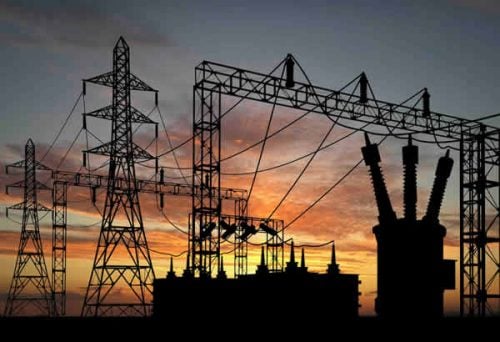Power generation companies (GenCos) in Nigeria have suffered losses amounting to ₦2.31 trillion over the past twelve years due to electricity that could have been produced but was left unused because of grid and operational limitations.
This figure, covering 2013 to September 2025, was disclosed by the Association of Power Generation Companies (APGC) and represents the cumulative value of stranded power that could not be evacuated by the national grid or distributed to consumers.
According to data sourced from the National Control Centre and presented by the APGC Managing Director, Dr. Joy Ogaji, during the association’s 20th anniversary celebration, the findings underscore the worsening financial distress in Nigeria’s power sector. Despite available generation capacity, the inability of the transmission and distribution networks to evacuate sufficient power has led to massive annual losses.
Typically, while GenCos declare between 6,000MW and 7,000MW in available capacity, the national grid evacuates an average of just 4,500MW, leaving over 2,000MW stranded each year. From January to September 2025 alone, the industry lost ₦119 billion due to an average of 2,221.99MW in unused capacity.
A historical review revealed that stranded generation peaked in 2016, when about 3,828MW—or 54 per cent of available capacity—was wasted, translating to ₦273.32 billion in losses. Between 2013 and 2024, annual losses consistently ranged between ₦132 billion and ₦273 billion.
Dr. Ogaji lamented that the power sector continues to operate below potential, with GenCos owed huge unpaid capacity charges that threaten their sustainability. “The electricity we produce but can’t evacuate still attracts a capacity charge. Yet, what the GenCos are currently owed by government only covers energy supplied, not capacity,” she explained.
She attributed much of the problem to the failure to uphold agreements made during the 2013 power sector privatisation, particularly the assurance of uninterrupted gas supply, grid access, and full payment for energy and capacity.
“The non-payment of capacity charges undermines the financial stability of GenCos,” Ogaji said. “Without regular payments, maintaining plants or expanding capacity becomes nearly impossible.”
Minister of Power, Adebayo Adelabu, recently described the situation as “wasteful,” revealing that Nigeria currently has over 10 gigawatts of idle generation capacity, while millions of citizens remain without stable electricity.
He noted that the sector’s main challenge lies not in generation but in weak transmission and distribution infrastructure, which prevents available power from reaching consumers.
The APGC further highlighted that a 1% increase in power supply could boost Nigeria’s GDP by up to 3.94%, stressing that stranded generation continues to stifle economic growth and industrial productivity.
To address these inefficiencies, the association urged the Federal Government to:
Fulfil contractual obligations under power purchase agreements,
Strengthen transmission and distribution infrastructure,
Guarantee full and timely payment of GenCos’ invoices, and
Encourage investment in grid expansion and gas supply.
It also recommended bilateral power contracts and off-grid alternatives to ensure more reliable and efficient electricity delivery across the country.
Home
Business
Nigeria’s Power Firms Lose ₦2.31tn to Unused Electricity in 12 Years Amid Grid Constraints
Business Nigeria’s Power Firms Lose ₦2.31tn to Unused Electricity in 12 Years Amid Grid Constraints

Share
Latest Posts
Related Articles
Business
FG Introduces 15% Fuel Import Duty as Dangote Refinery Drives Shift in Nigeria’s Energy Market
The average landing cost of imported petrol has fallen to N829.77 per...
21 hours Ago
Business
MTN Nigeria Posts N750bn Profit as Revenue Hits N3.7tn in Nine Months
MTN Nigeria Communications Plc has reported a tax expense of N376.3 billion...
21 hours Ago
Business
Rex Insurance Records N880m Profit, Pays N30.2bn in Claims Amid Tough 2024 Market
Rex Insurance has reported a profit before tax of N880 million for...
22 hours Ago
Business
Almond Awards 2025 Set to Redefine Nigeria’s Insurance Narrative with Pop Culture Influence
The organisers of the 2025 Almond Insurance Industry Awards have said that...
22 hours Ago











Leave a comment